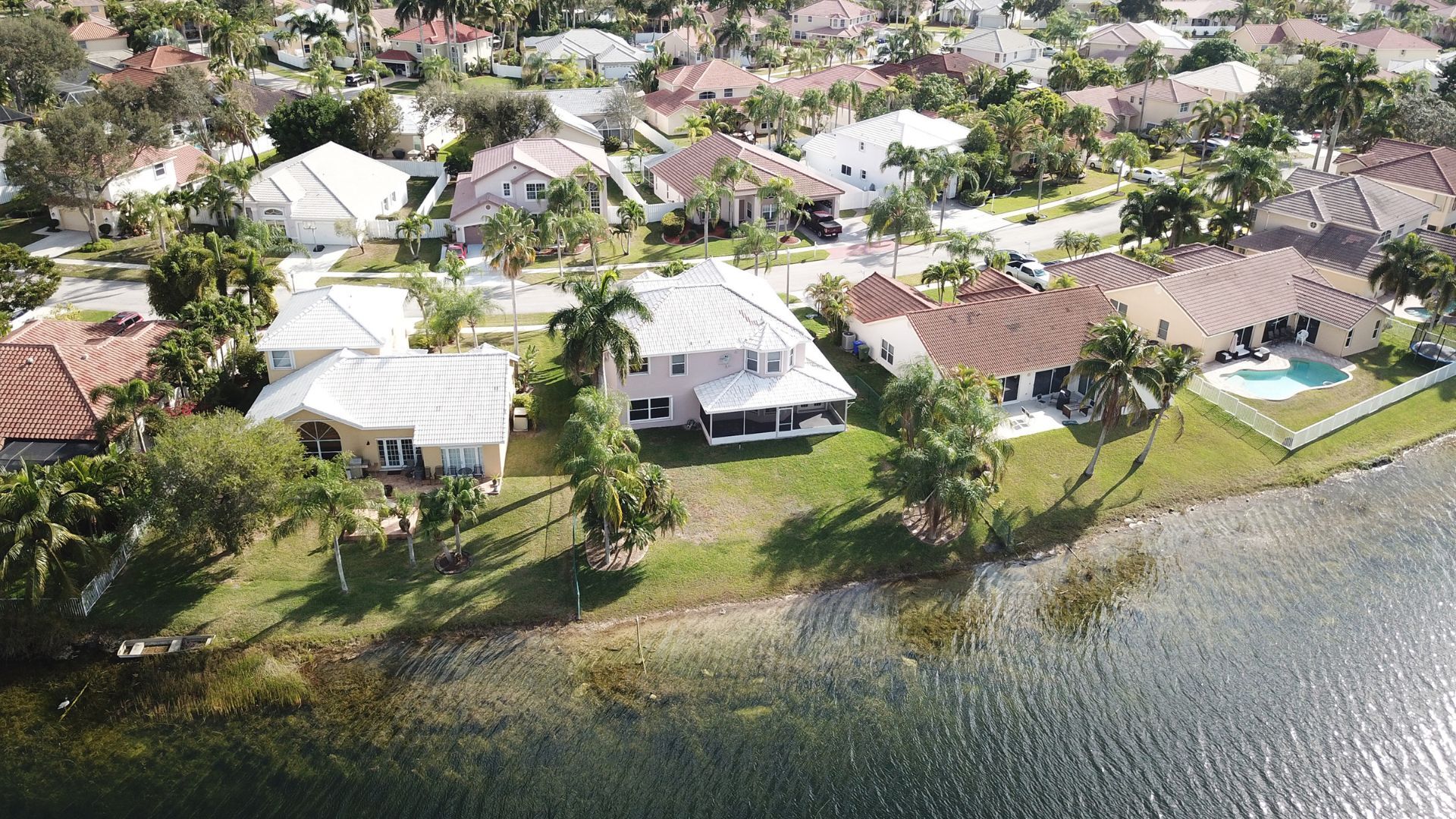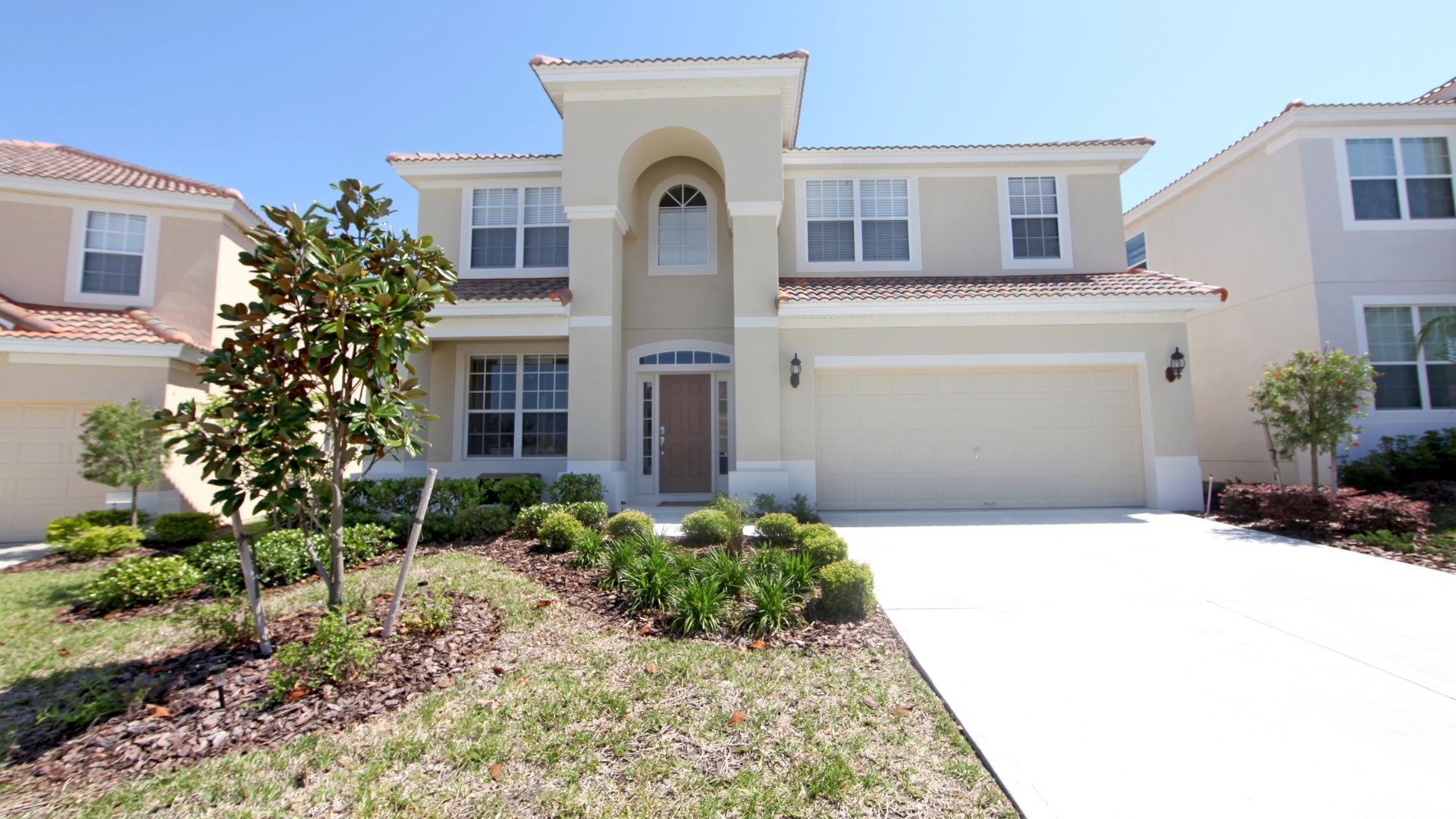Now no credit scores for Conventional financing
Didier Malagies • November 17, 2025
Ask a Mortgage Question
Use the form below and we will give your our expert answers!
203H Ask A Question
Start Your Loan with DDA today
Your local Mortgage Broker
Mortgage Broker Largo See our Reviews
Looking for more details? Listen to our extended podcast!
Check out our other helpful videos to learn more about credit and residential mortgages.

✅ the principal you borrowed ✅ all interest paid over the years ❌ It does NOT include taxes, insurance, or HOA unless noted. Because longer terms spread payments out more slowly, they lower the monthly payment but massively increase total interest paid. Below is a simple example to show how total payments change by loan term. ✅ Example: $300,000 loan at 6% interest 15-Year Mortgage Monthly payment: ≈ $2,531 Total paid: ≈ $455,682 Total interest: ≈ $155,682 30-Year Mortgage Monthly payment: ≈ $1,799 Total paid: ≈ $647,514 Total interest: ≈ $347,514 40-Year Mortgage Monthly payment: ≈ $1,650 Total paid: ≈ $792,089 Total interest: ≈ $492,089 50-Year Mortgage Monthly payment: ≈ $1,595 Didier Malagies nmls212566 DDA Mortgage nmls32432 Total paid: ≈ $956,140 Total interest: ≈ $656,140 ✅ Summary: Total Payments by Loan Term Term Monthly Payment Total Paid Over Life Total Interest 15-Year ~$2,531 $455,682 $155,682 30-Year ~$1,799 $647,514 $347,514 40-Year ~$1,650 $792,089 $492,089 50-Year ~$1,595 $956,140 $656,140 ✅ Key Takeaway A longer mortgage = lower payment, but the total paid skyrockets because interest accrues for decades longer. tune in and learn https://www.ddamortgage.com/blog didier malagies nmls#212566 dda mortgage nmls#324329




